Explore examples of modal language with your students using this set of 24 sorting cards perfect for your persuasive writing unit.
Explore Examples of Modal Language
Maybe you could join the environmental club! It might be a great way to learn about protecting our planet.
Conserving water is vital for the environment and definitely should be a focus for humankind.
Do you notice how the first sentence above is less persuasive than the second? How the first sentence suggests that you might take a particular course of action, whereas the second suggests that you definitely should? This is modal language at work!
Modal language refers to words or expressions that convey the writer’s attitude toward the likelihood or necessity of an action, event or condition. They are used to indicate the degree of likelihood in a statement. Some of the most common types of modal words include:
- Modal verbs – These include words such as “can,” “might,” “shall,” “should” and “must.”
- Modal adjectives – These include words such as “possible,” “sure,” “definite,” “certain” and “unlikely.”
- Modal adverbs – These include words such as “maybe,” “absolutely,” “perhaps,” “undoubtedly” and “never.”
When writing a persuasive text, words with high modality (those that suggest a high need or likelihood of something happening) are more convincing than words with low modality (those that suggest a lower need or likelihood of something happening).
To help your students learn the difference between high modality language and low modality language, the experienced teacher team at Teach Starter has created this set of 24 sort cards. Each card contains a statement – some of the statements contain low modality language whereas others contain high modality language. Once students have made a decision about what type of language is being used, they must place it under the correct sort heading.
This resource downloads as a full-color PDF or editable Google Slides file. It contains:
- Instruction page
- 2 x sort headings (High Modality and Low Modality)
- 24 question cards
- Answer key
Teaching your students to use modal language empowers them to craft compelling arguments and articulate their thoughts in a nuanced and persuasive manner.
Further Extend Your Lesson on Modal Language
If your students have been successful in sorting the high and low modality statements, why not challenge them to create a modality continuum!
As a class, use the cards to create a continuum of all the statements from the statement with the lowest modality to the statement with the highest. Students can place sentences along this continuum based on the strength of certainty or obligation expressed, justifying their reasoning as they go. This visual representation aids in conceptualizing modality as a spectrum rather than a binary distinction.
Download This Modal Language Sorting Activity
Use the dropdown icon on the Download button to choose between the printable PDF or editable Google Slides version of this resource. You will be prompted to make a copy of the Google Slides file before accessing it.
Print on cardstock for added durability and longevity. Place all pieces in a folder or large envelope for easy access.
This resource was created by Caitlyn Phillips, a Teach Starter collaborator.
More Resources for Exploring Persuasive Writing Techniques
Do your students need some inspiration when it comes time to write their persuasive essays? Click below for more great resources to get those pens flying across the page!
[resource:5060978] [resource:5055305] [resource:80909]
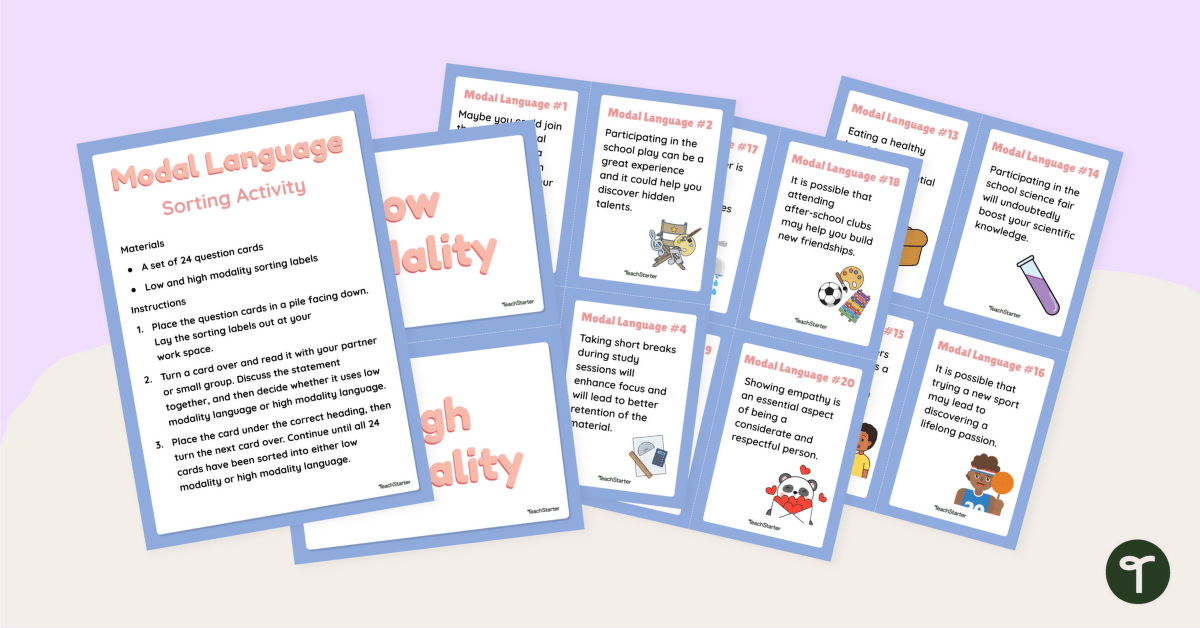

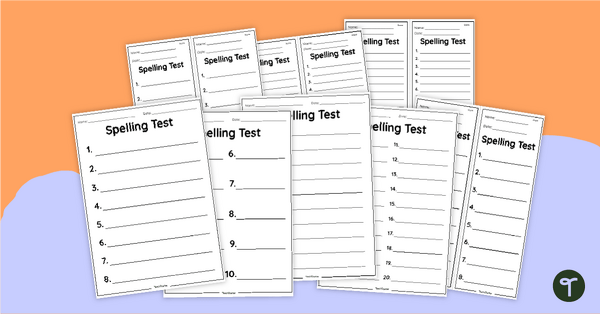
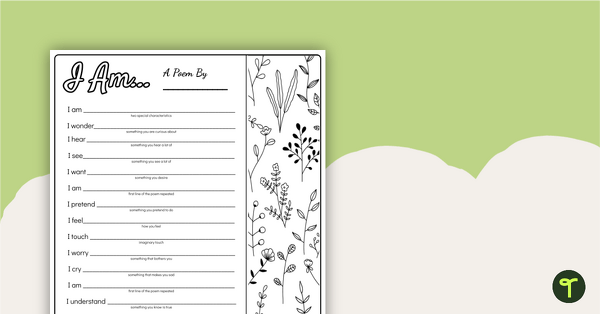
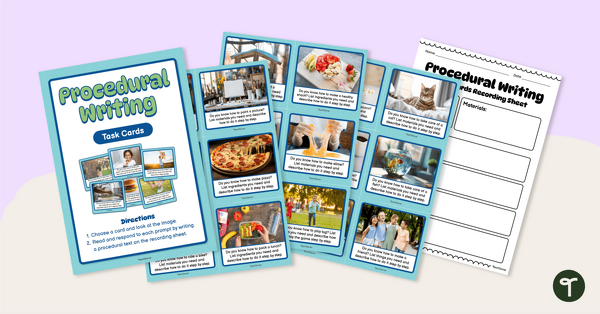
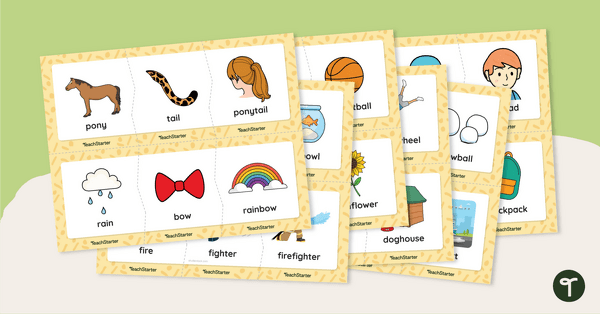
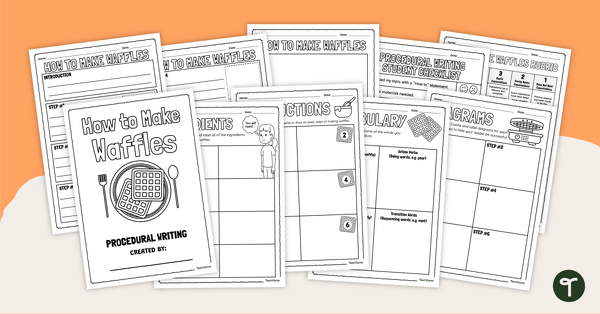

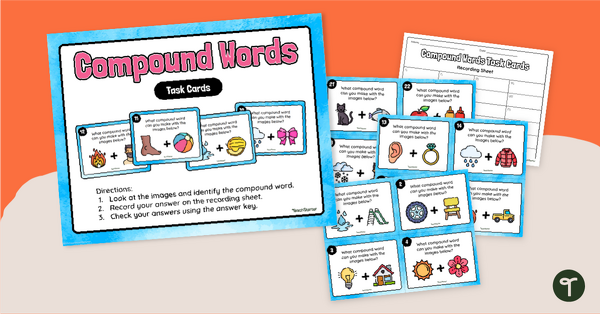

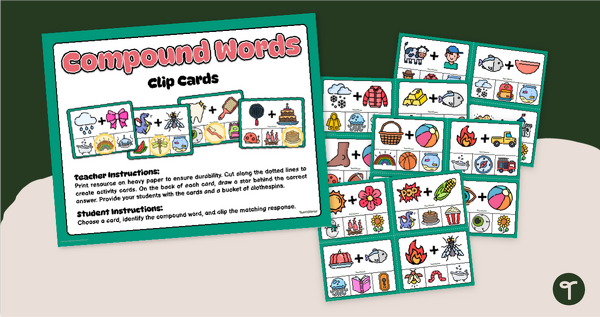
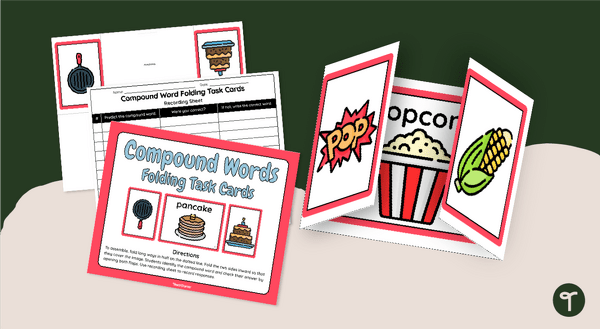
0 Comments
Write a review to help other teachers and parents like yourself. If you'd like to request a change to this resource, or report an error, select the corresponding tab above.